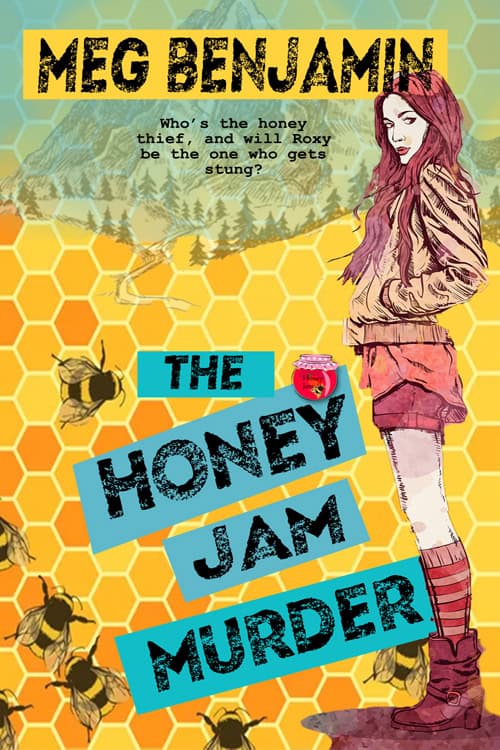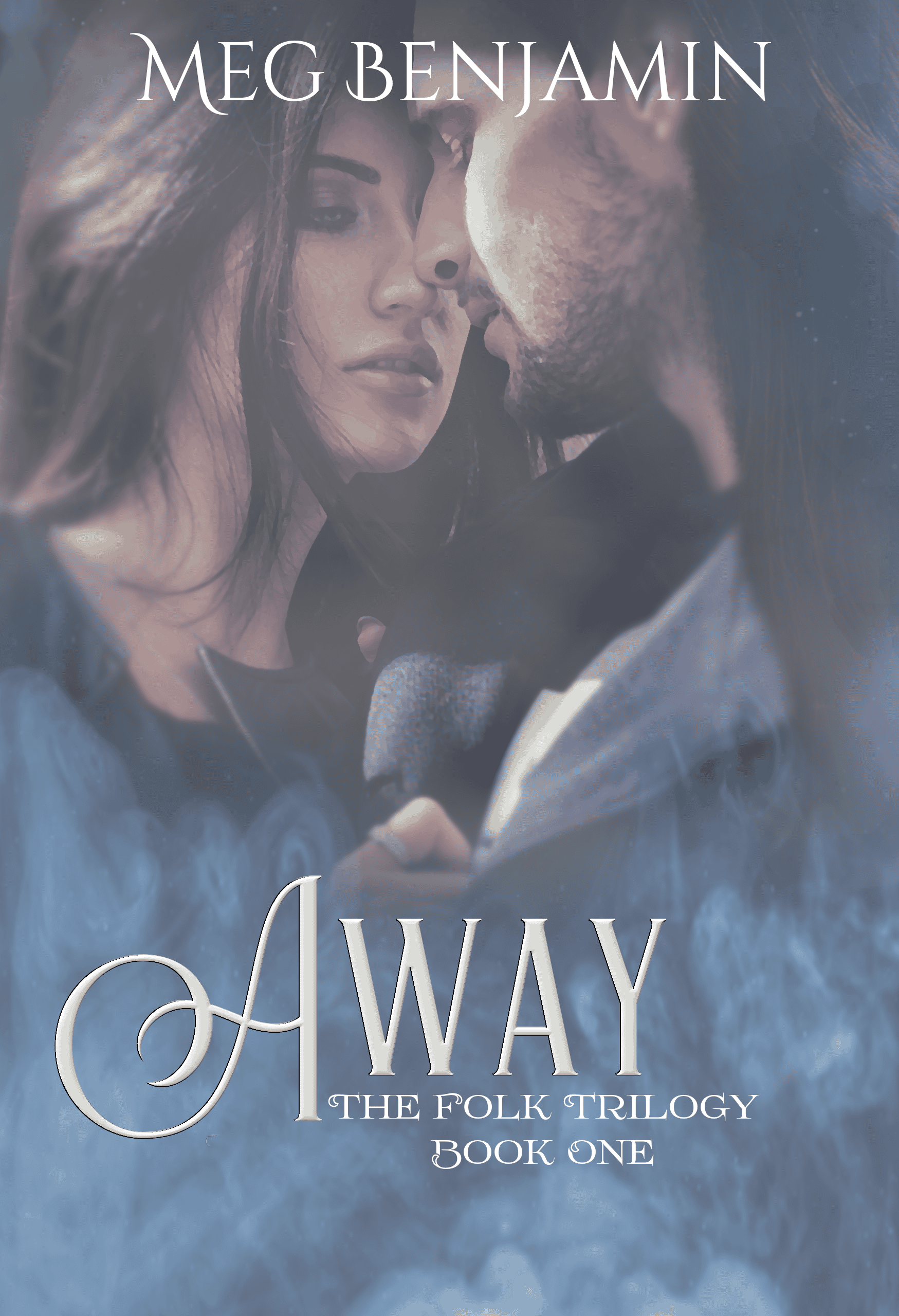Tess Gerritsen: Bringing the Scary
 I’m the author of three ghost romances (Medium Well, Medium Rare, and Happy Medium, thanks for asking), so I know something about scariness. But this post isn’t about my books—I’ve already posted quite a bit about them, like this, this, and this. This post is about Tess Gerritsen’s books, which are some of the scariest I know.
I’m the author of three ghost romances (Medium Well, Medium Rare, and Happy Medium, thanks for asking), so I know something about scariness. But this post isn’t about my books—I’ve already posted quite a bit about them, like this, this, and this. This post is about Tess Gerritsen’s books, which are some of the scariest I know.
However, Gerrtisen’s stuff rarely gets cited for its scare quotient at this time of year, perhaps largely because she writes thrillers rather than paranormal novels. Still, page for page, I find her books a lot more creepy than, say, the average vampire story. Gerritsen’s villains are serial killers, but they’re frequently serial killers with a twist. There’s the murderer in The Keepsake who’s obsessed with ancient methods of preserving the dead. And the murderer in The Mephisto Club who uses bits and snatches from the Apocrypha to give his crimes a particularly shuddery twist. And the murderer in Last To Die who wipes out entire families.
Along with the murderers, Gerritsen presents potential victims, sometimes writing parts of the story in first person to reflect their points of view. These victims most frequently know who’s after them but for complicated reasons they resist turning to the police for help. They also become Gerritsen’s major conveyors of dread—they know just how terrible the fate is that could await them and they’re doing their best to avoid it.
For a long time I tried to avoid it too. I read a couple of Gerritsen’s books (The Apprentice was one of them as I recall), and I found myself placing her in the same category as Law and Order: SVU and Criminal Minds, shows I dislike intensely because of their obsession with the victimization of women. There’s something deeply disturbing about women’s suffering and terror being held up for display, both on television and in books, and since Gerritsen’s victims are almost entirely female she might seem to fit into that category.
But when I went back and read a couple of her other books (Silent Girl and Last To Die, for the record), I began to see other dimensions to her work that hadn’t really registered before. First, the murderers frequently target women, but the women they target aren’t necessarily helpless. They may be on the run, but they know what needs to be done and they do it. In other words, they don’t simply surrender to terror or sit and wait to be rescued. They fight. And then the murderers usually do, in fact, have motivation for their murders. That motivation may be twisted in the extreme, but they don’t just kill for fun.
Gerritsen has two female heroines, Maura Isles and Jane Rizzoli,* and these two are the ones most likely to confront the Big Bad, but the victim Gerritsen focuses on confronts him too, and lives to tell the tale.
There are whiffs of the supernatural in Gerritsen. Her killers are so diabolical that they frequently seem to be from another species, and there’s a continuing plot about a group of demon hunters, The Mephisto Foundation, that actually believes that’s true. But neither Rizzoli nor Isles agrees with them. The Mephistos are simply presented as an alternative explanation.
It’s not exactly female empowerment, but I’d argue it’s a form of subversion. You come out of a Gerritsen novel shaken up by the evil that the characters encounter, but also reassured that they can triumph over it, and triumph through human means. So you get both the scary and the resolution of the scary. And isn’t that sort of what Halloween is all about?
*Yeah, Gerritsen’s novels are the basis for the Rizzoli and Isles television series, but the novels and the series are as different as, well, night and day. The novels are dark and moody. The series isn’t. Even if you don’t much like Rizzoli and Isles (and I don’t), you may like Gerritsen’s books (and I do).
Posted in Blog • Tags: On Reading, Tess Gerritsen | Be The First To Reply!








